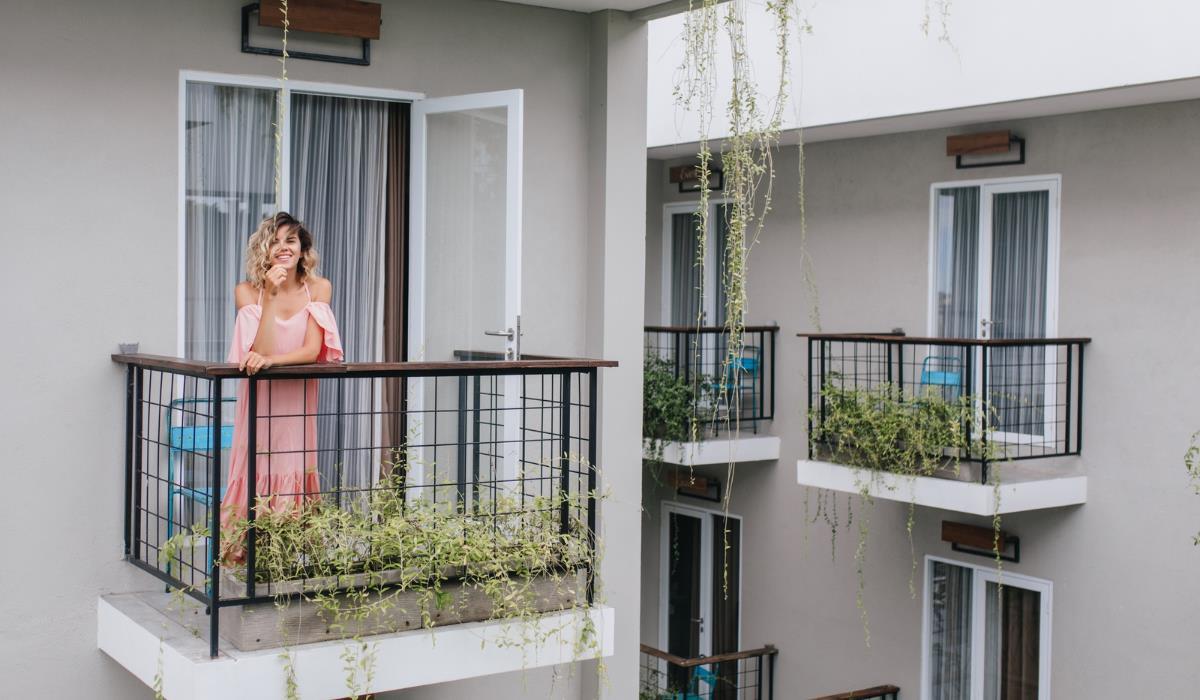Many of us may not realize that balcony construction is one of the most demanding tasks in construction. It must withstand the loads resulting from use and survive extreme weather conditions, including changing temperatures and humidity. Key issues, such as insulation, that must be taken into account when creating a balcony, because both the comfort of using this place and our safety depend on them.
The desire to have a beautiful, functional balcony that will be perfect for sunny days is the dream of many of us. Unfortunately, creating a balcony with ceramic cladding is a challenge that requires the use of advanced technologies.
The effects of improper balcony insulation
When choosing materials for waterproofing, we must understand what the negative consequences of an incorrect choice may be. By choosing traditional insulation made of roofing felt and concrete, we not only expose ourselves to potential problems, but also excessively load the balcony structure. Installing ceramic cladding on roofing felt or waterproofing foil is an ineffective approach that may result in the need for expensive renovation shortly after the work is completed.
Lack of effective protection against water may lead to corrosion of the reinforced concrete structure of the balcony, falling off and cracking of ceramic tiles, chipping of joints, formation of streaks on walls and ceiling, heat loss in the house and mold growth. By choosing a comprehensive damp-proofing system, you can avoid these problems and achieve durable and high-quality insulation.
Balcony insulation systems
There are various insulation systems available on the building materials market, which are based on various technologies. The effectiveness of insulation depends on a thorough understanding of the loads, proper selection of materials and assessment of the condition of the substrate.
- Mineral slimes: This is a currently popular solution that can be one- or two-component. Two-component muds ensure flexibility and tightness of the insulation, which is beneficial on balconies. Thanks to their flexibility, they are resistant to substrate deformation.
- Polyurethane systems: This is a new solution on the market. They combine the features of an adhesive mortar and moisture-proof insulation. They are ready to use, flexible and tight, which makes them more and more popular. They do not require priming the substrate or using tapes. Thanks to their flexibility, they are resistant to substrate deformation.
Substrate preparation and slope layer

If the balcony slab is damaged, before insulation, clean the corroded elements and fill the gaps with PCC repair mortars. New reinforced concrete balcony slabs do not require these treatments. The work begins with preparing the substrate, including removing cement laitance and creating a layer with a slope of 1.5-2%. The slope layer is crucial to prevent water retention. After preparing the substrate, the waterproofing layer is applied evenly and thoroughly. The first layer of waterproofing is approximately 1 mm thick and is applied with a smooth edge trowel. After the layer has set, the second layer, which is used to glue the ceramic tiles at the same time, is applied using a notched trowel. Then you should attach the ceramic tiles, maintaining the appropriate distance between them.
When choosing ceramic tiles, it is important to pay attention to their parameters. They must be resistant to extreme temperature changes, frost-resistant and abrasion-resistant. When choosing ceramic tiles, it is worth paying attention to low water absorption and light colors. After laying ceramic tiles, it is worth using epoxy grout or polyurethane sealants to fill the joints. Moisture resistance and lack of susceptibility to dirt are the key features of these materials. The most common mistakes when insulating balconies result from failure to follow technological recommendations, selection of low-quality materials and improper preparation of the substrate. Other mistakes include the lack of expansion joints, the use of stiff joints in flashing or balustrades, incorrect application work and keeping materials at low temperatures.
Balcony insulation – summary
Balcony insulation is a key element for both comfort and safety. By choosing effective insulation systems and the highest quality materials, we can enjoy a functional and beautiful balcony for many years. It is important to follow technological rules and thoroughly prepare the substrate to obtain durable and impermeable insulation effects. It is worth investing in solid solutions to avoid problems in the future.



